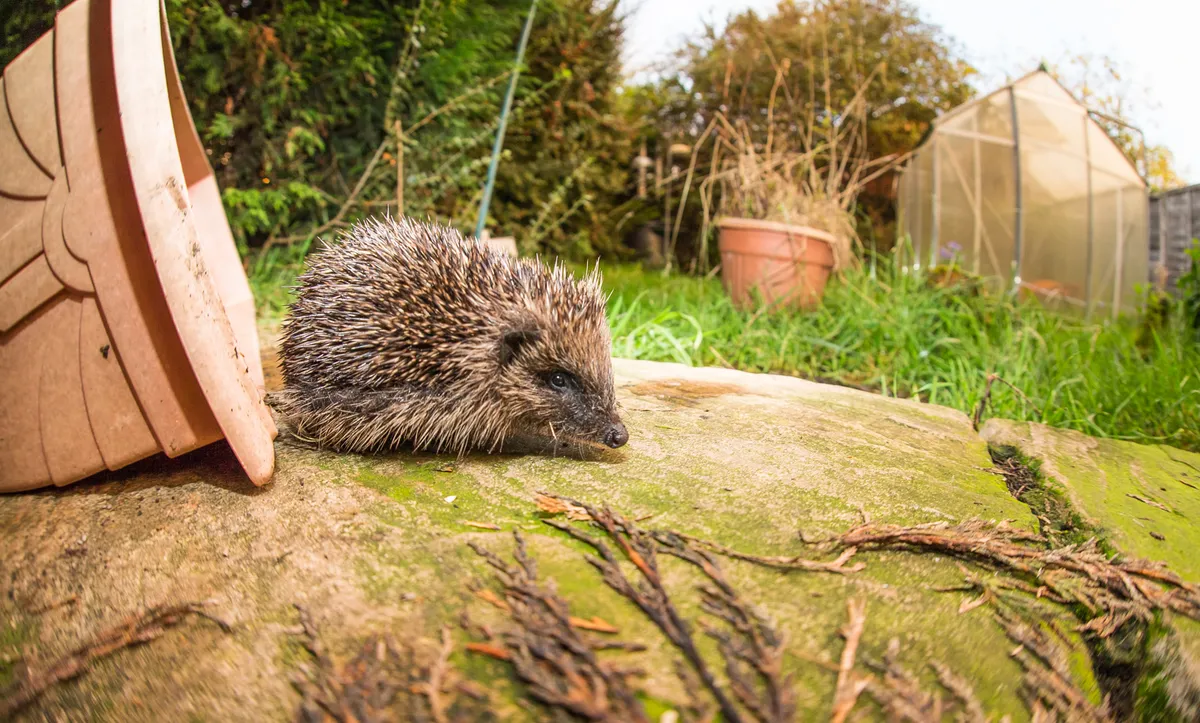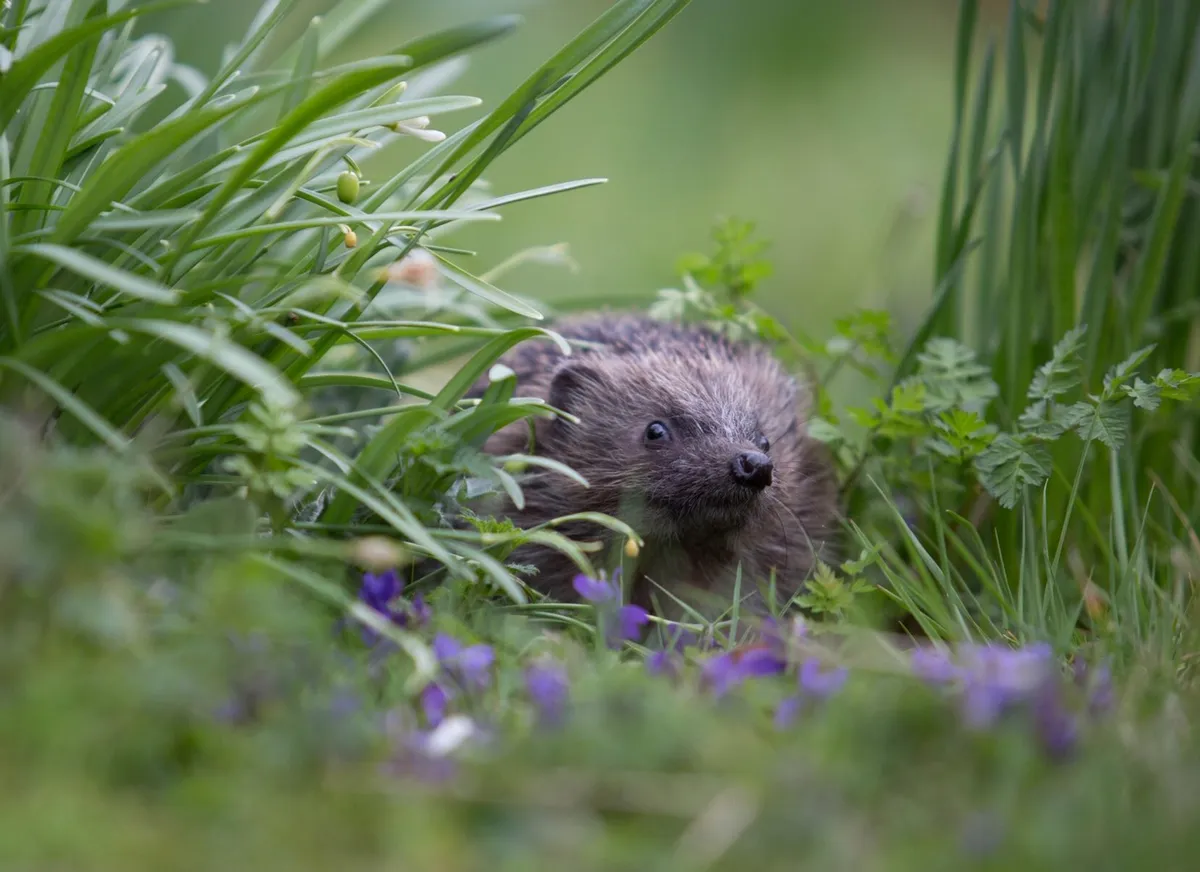The Mammal Society’s recent study shows that suburbs of cities in central Britain are emerging as particular blackspots for hedgehogs dying on roads.
The results suggest we should be most vigilant in July, particularly on roads surrounded by a mix of urban and grassland cover.
With urbanisation on the increase and hedgehog numbers already in steep decline, the data will inform local planning and help target the best locations and approaches to try and reduce the impact of our roads.
According to the Mammal Society’s latest population review, estimates have reduced again from 1.5 million individuals in 1995 to nearer 500,000 in 2018.
Factors such as habitat loss, predation and road collisions have all been found to contribute to the species decline, with road kills being one of the most significant.

“We know that vehicles are still one of the main threats to hedgehog conservation,” explains Professor Fiona Mathews, chair of the Mammal Society and professor of environmental biology at the University of Sussex.
“The most recent estimate of hedgehog road casualties, published in our journal Mammal Communications, is that between 167,000 and 335,000 hedgehogs are killed annually.”
The frequency of these collisions appears to be increasing, possibly due to an increase in traffic but often linked to local road characteristics and the surrounding landscape.
The factors behind it are still poorly understood – something the researchers wanted to address.
Funded by the Mammal Society, People’s Trust for Endangered Species (PTES) and the British Hedgehog Preservation Society (BHPS), the team analysed over 12,500 hedgehog roadkill records collected by various methods including a range of citizen science projects.
Highlighting the value of citizen science, data from projects including PTES’ Mammals on Roads survey, Cardiff University’s Project Splatter, Hedgehog Street’s the BIG Hedgehog Map and the Mammal Society’s Mammal Mapper and local monitoring schemes all fed in to the research.
Both national and road level models were constructed for the whole of Britain using a grid system to classify areas and road types with the highest probability of hedgehog roadkill occurrence.
Their results aligned with other studies that suggest that collision probability increases where there is a combination of favourable habitat and human dominated areas.
High risk areas occurred in central Britain, southern Wales, the outskirts of London, and southern Scotland. They also regularly identified large areas of small towns, while only the edges of large cities had a high probability of roadkill occurrence.
“As well as pinpointing areas of most concern, we were able to identify a seasonal peak in hedgehog roadkills in July: a time when vulnerable young hedgehogs are leaving their birthplace to forage alone.” says Mammal Society scientist, and author of the paper, Patrick Wright.
“The good news is that knowing where and when hedgehog road fatalities occur means that we will eventually be able to target our efforts to reduce hedgehog roadkill. Not just on certain roads but also at specific times of year.”

The Mammal Society will be focusing on ways to keep hedgehogs safe from road traffic accidents.
“Bridges and tunnels, whilst the most obvious solution, will only be effective where most animals are crossing within a very restricted location rather than over a longer stretch of road” adds Professor Matthews.
“Elsewhere, slower road speeds or the presence of favourable habitat such as hedgerows and grassy verges parallel to, rather than at right-angles to roads, may help to keep hedgehogs safe. What we need is for members of the public to help us pinpoint the exact locations of hedgehog roadkills so we can work out the best solutions, which could include installing bridges or altering speed limits.”
All three of the funding charities –the Mammal Society, PTES and the BHPS are calling on the general public for help in recording further sightings. The next step is to carry out further studies into whether speed limits in high risk areas might be a way of reducing the likelihood of hedgehog road deaths.
Main image: Hedgehog. © Luke Millward/The Mammal Society